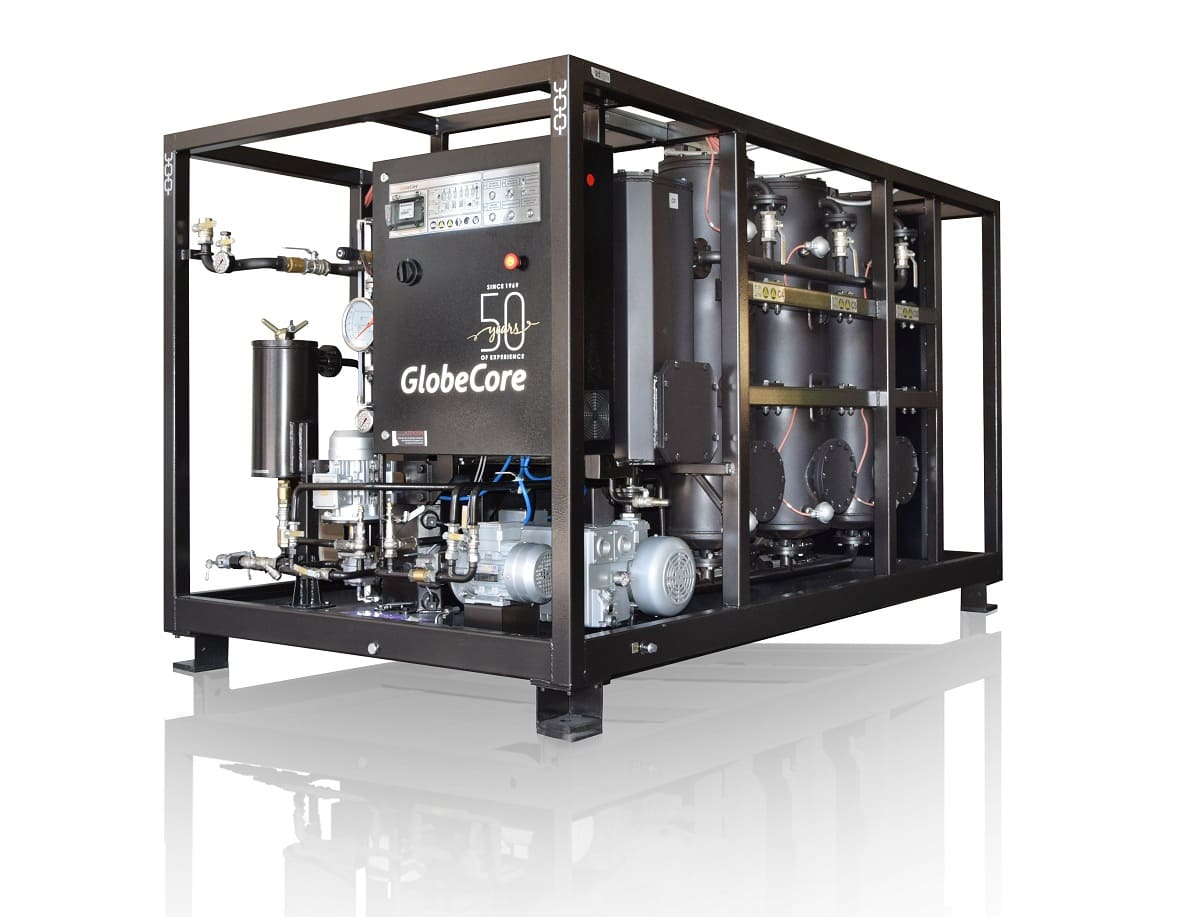What is the difference between a cast resin transformer and an oil transformer?
- Este debate tiene 1 respuesta, 2 mensajes y ha sido actualizado por última vez el hace 1 año, 3 meses por .
Answers
-
agosto 26, 2024 a las 12:42 pm by Jessica Mitchell
The primary difference between a cast resin transformer and an oil transformer lies in their cooling and insulation methods:
Cast Resin Transformer: Uses solid epoxy resin for insulation. The windings are encapsulated in resin, which provides electrical insulation and protects against moisture, dust, and corrosive environments. These transformers are typically air-cooled and are often used in indoor or environmentally sensitive areas where fire risk is a concern. They require less maintenance than oil transformers and are more fire-resistant but may have lower cooling efficiency.
Oil Transformer: Uses insulating oil to both cool and insulate the internal components. The oil circulates within the transformer, dissipating heat and providing excellent insulation properties. Oil transformers are typically used in high-voltage applications and can handle larger loads due to their effective cooling capabilities. However, they require regular maintenance to monitor oil quality and prevent leaks, and there is a potential fire risk associated with the oil.
Both types of transformers have their specific advantages and are selected based on the application, environment, and specific requirements.



